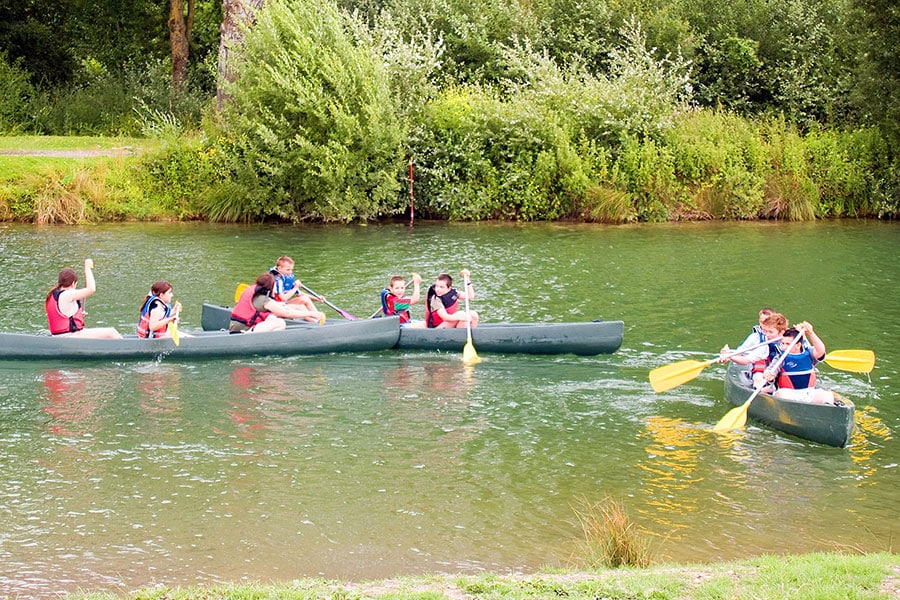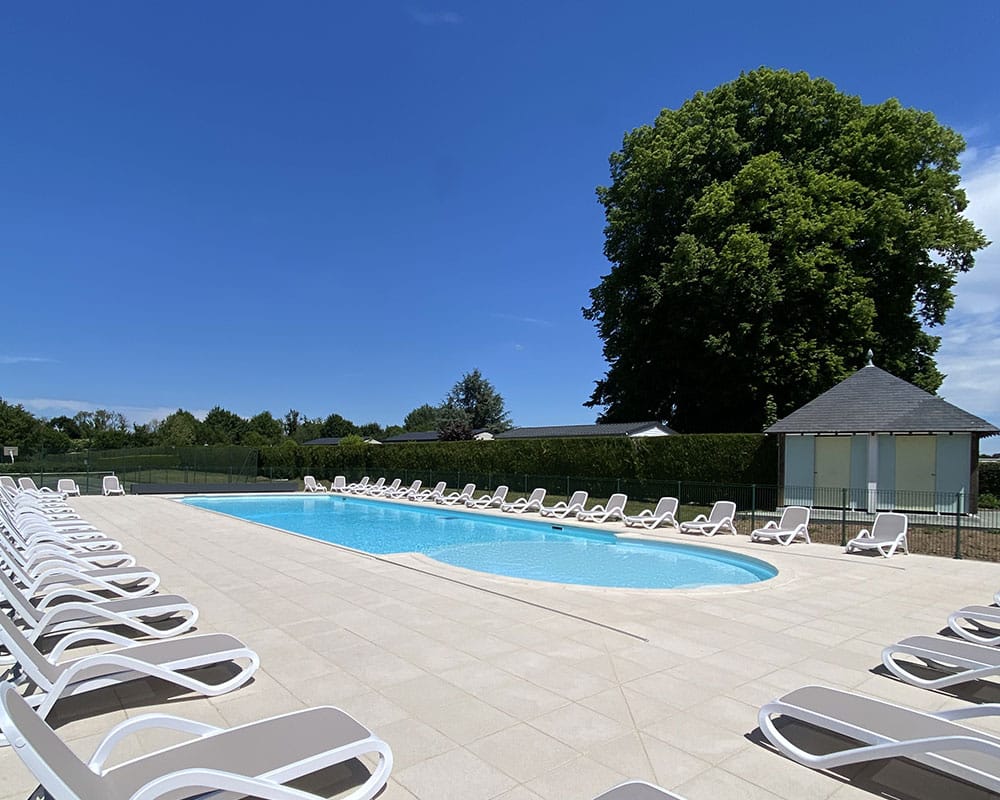The 1914-1918 Remembrance Trail
During your stay at Cha teau de l’Oseraie, a 3-star campsite near Peronne in Picardy, follow in the footsteps of the poilus on the Circuit du Souvenir 1914-1918 and discover an unmissable page of contemporary history.
The 92 km route from Pe ronne to Albert takes you to the battlefields where so many men lost their lives. In July 1916, an Allied offensive was launched in the Haute-Somme. From July to November 1916, the Battle of the Somme was one of the most appalling battles of the First World War. More than a million combatants of all nationalities died, were wounded or disappeared.
The Somme 1916 Museum in Albert
The museum, housed in a former Second World War air-raid shelter, vividly recounts life in the trenches for thousands of soldiers in 1916.
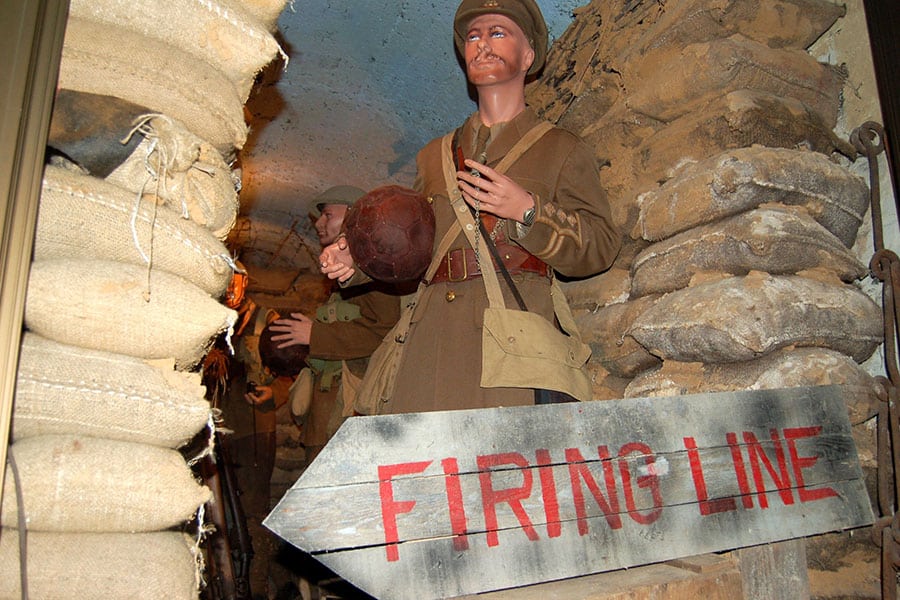
The Terre-Neuvien’s Memorial
The Memorial pays tribute to the men of the Terre-Neuvien’s regiment, who were decimated in half an hour under German fire during one of the deadliest offensives of the Battle of the Somme.
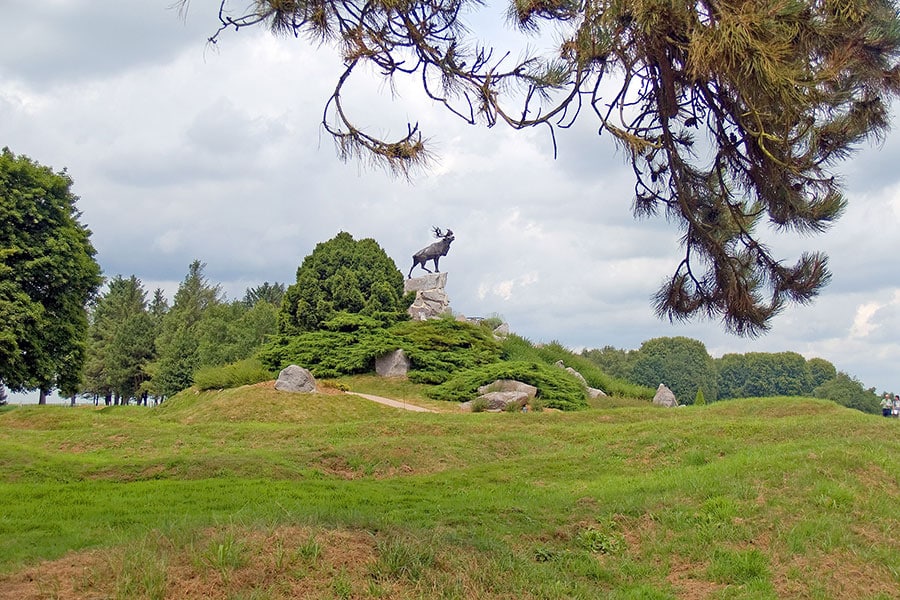
The Australian National Memorial and the Franco-Australian Museum in Villers-Bretonneux
Australian troops stopped German soldiers at Villers-Bretonneux on 25 April 1918. The Memorial and Museum pay tribute to the courage of this nation and bear witness to the strong links between Australia and France.
The Le Hamel Australian Memorial
More than 100,000 Australian Corps soldiers from France fought on the battlefields. The Australian Corps Memorial pays tribute to them.
The Lochnagar crater at La Boisselle
On 1 July 1916, British troops launched an offensive that marked the beginning of the Battle of the Somme. At 7.28 am, they set off 27 tonnes of explosives under the German lines. The earth was blown up to a height of 1,200 metres. The resulting crater, 100 m in diameter and 30 m deep, was stormed by British soldiers. The Lochnagar Crater is the only minehole so well preserved and accessible to the public. Every year commemorations of the Battle of the Somme begin there at 7.28am on 1 July.
The Ulster Tower and the Franco-British Memorial at Thiepval
On 1 July 1916, at Thiepval, the 36th Ulster Division found itself trapped in the middle of German and British fire. In tribute to these men who died on the battlefield, the Ulster Tower was built in 1921, following a public subscription. Built in the troubadour Gothic style, it is a perfect replica of a tower on the 36th Division training camp near Belfast.
It is also a memorial to all the Ulster men who died in the Great War.
The Historial of the “Grande Guerre” in Péronne
The town of Péronne was at the heart of the Somme battlefields during the First World War.
Between July and November 1916, more than a million soldiers of all nationalities died, were wounded or disappeared. Péronne has been home to the Historial of the “Grande Guerre” since 1992. Located in the old medieval castle, it is the reference museum on the Great War.
During your visit, you will understand what the daily lives of men and women were like, both at the front and in the rear. The entire society (civilians and soldiers) of the original nations (Germany, France and the United Kingdom) was plunged into horror. Using authentic documents and artefacts, the museum displays the life and suffering of the combatants and the vital role played by women in the conflict. The First World War Museum is an essential place of remembrance.
And that’s not all!
Albert, the town with 3 steeples
Just 20 minutes from the Château de l’Oseraie campsite in the Hauts-de-France region, discover the town of Albert, an essential stop-off on the Circuit du Souvenir in the Haute-Somme. Its strategic geographical location made it the scene of 7 devastating battles before the Great War. The First World War turned it into a field of ruins. Courageous and determined, the inhabitants decided to build a new town. Only the impressive Notre-Dame de Brebières Basilica was rebuilt exactly as it had been. The steeples of the town hall, the railway station and the Basilica have given Brebières its nickname of the town of three steeples.
The Basilica of Notre-Dame de Brebières
It was first built in the 19th century. Richly decorated in neo-Byzantine style, it has a 62 m high bell tower. Following a bombardment in 1915, the statue of the Virgin found itself suspended in the air. It was nicknamed the Leaning Virgin. A legend was born: “The Virgin will fall when the war is over”. This was almost true, as she fell in the spring of 1918. The Basilica was rebuilt identically after the war.
Amiens, the little Venice of the north
During your stay at the Château de l’Oseraie campsite in Feuillères, Amiens, the regional capital of Picardy, is just 40 minutes away. The city is famous for its Notre-Dame cathedral, a jewel of Gothic art and one of the largest cathedrals in the world, twice included on UNESCO’s World Heritage List. Nicknamed the “Little Venice of the North” because of the many canals that run through it and the hortillonnages (a series of floating gardens covering 300 hectares), Amiens has a rich heritage and picturesque districts that bear witness to a history that began more than 2,000 years ago.
Lille, capital of Flanders
Known as the Capital of Flanders, Lille is just 45 minutes from the Cha teau de l’Oseraie campsite, near Peronne. This city, which is the prefecture of the Nord department in the Nord-Pas-de-Calais region, boasts remarkable architecture that bears witness to a rich past.
Here is our selection of the must-see sights for your visit to Lille.
The Grand Place – Lille’s favourite meeting place offers a panorama of architecture from the 17th to the 20th centuries, with the Vieille Bourse (1652-1653) one of the city’s most beautiful monuments.
The town hall and its belfry – The town hall was built between 1924 and 1932 by the architect Emile Dubuisson, who was inspired by the Flemish tradition of houses with triangular gables. Its 104m-high belfry is a UNESCO World Heritage Site.
The Palais des Beaux-Arts de Lille – One of the first French museums, it houses collections of European painting, a department of Antiquities, the Middle Ages and the Renaissance, ceramics from the 17th and 18th centuries, 19th-century French sculptures and relief maps of fortified towns dating from the 18th century.
Louvre-Lens’s museum
Take the A1 motorway and discover the masterpieces of the Louvre Museum in Lens, less than 45 minutes from the campsite. Opened in 2012, the Muse e du Louvre-Lens was built in the heart of the old Nord-Pas-de-Calais coalfield. Symbolising the successful conversion of an industrial wasteland, the museum’s 5 contemporary buildings are set in a 20-hectare landscaped park. Semi-permanent exhibitions feature works from the collections of the Louvre Museum in Paris. Temporary exhibitions with an international dimension are organised in conjunction with major foreign museums.
Parc Astérix
The famous Parc Astérix is just 40 minutes from the campsite! So head to the irreducible Gaulish village for a magical family day out. Parc Astérix offers a wide range of activities for young and old visitors alike.
There are no fewer than 35 attractions, including ten for the under-6s. Enjoy top-quality shows for all ages, and plunge into the heart of Uderzo and Goscinny’s comic strips. After a day at Parc Astérix, you’ll be able to declare loud and clear: Veni , vidi, vici (I came, I saw, I conquered !)
Disneyland Paris
Mickey, Minnie and all their friends are waiting for you, less than 2 hours from the campsite, at Disneyland® Paris. Immerse yourself in the wonderful world of Walt Disney. 60 attractions, each more magical and impressive than the last, will give you an exceptional experience. From Space Mountain® to Sleeping Beauty Castle, there’s something for everyone and everyone can meet their favourite characters.

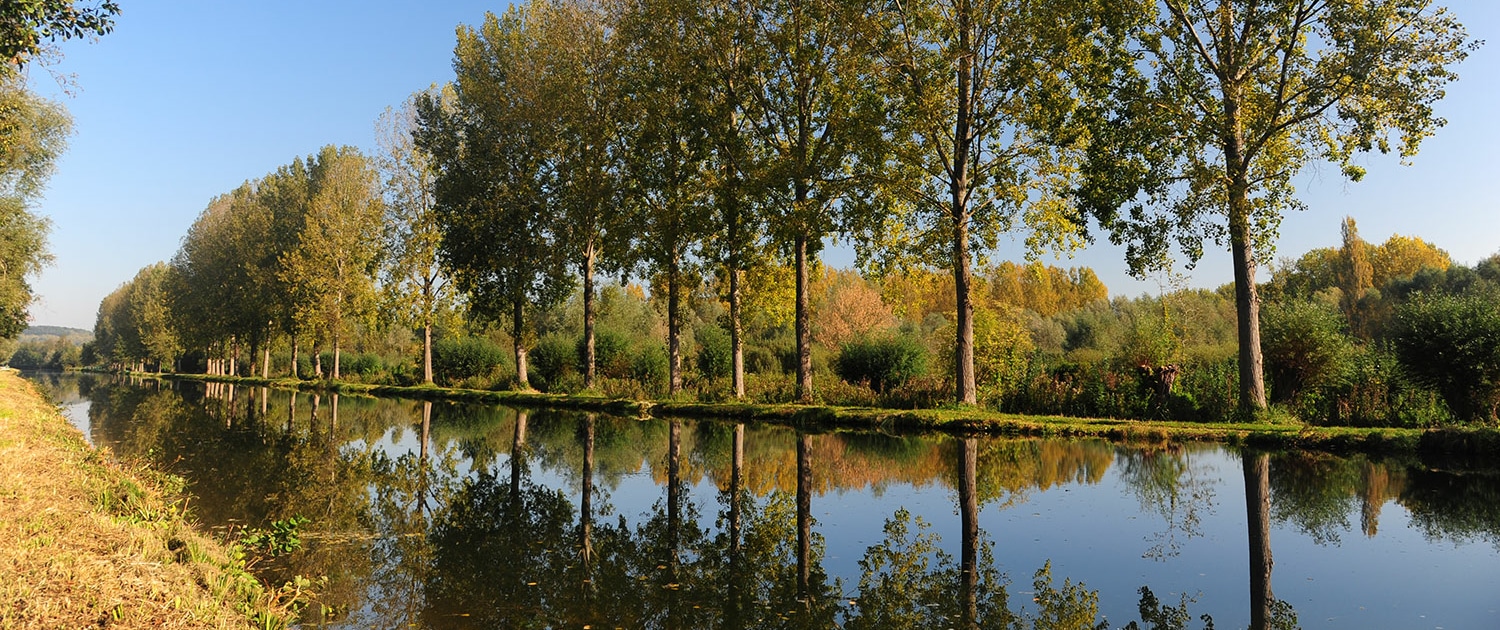
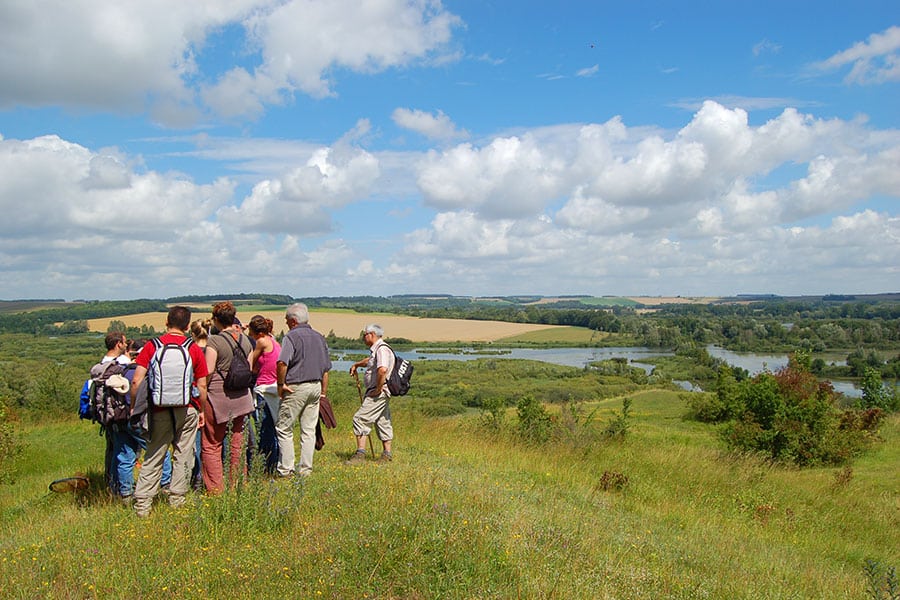
 You can also discover the Somme by bike.
You can also discover the Somme by bike.